Top Things to Know Before Building a Beautiful Vegetable Garden
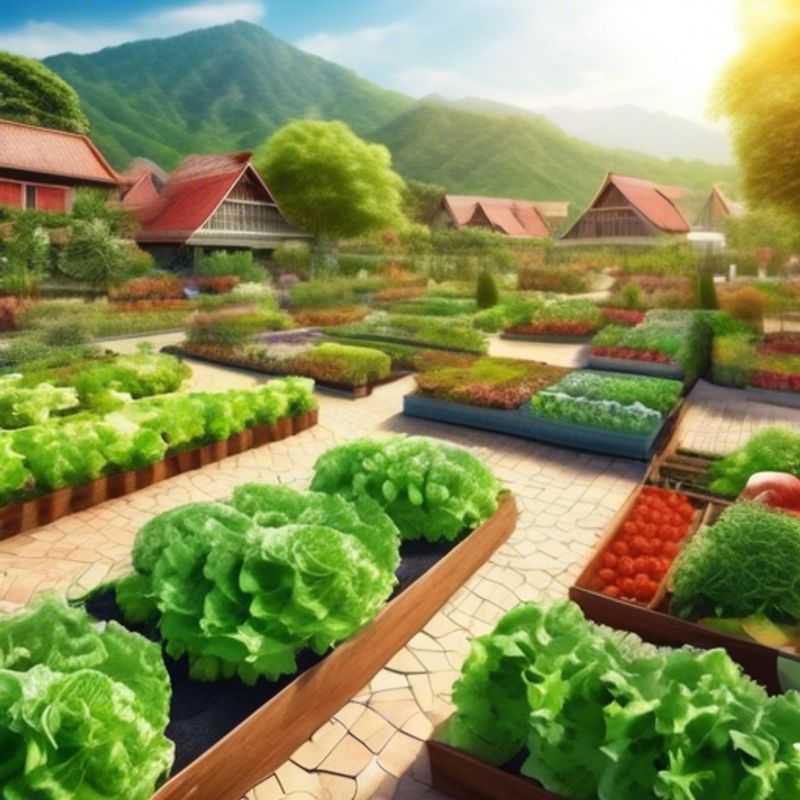
Top Things to Know Before Buying Beautiful Vegetable Gardens: Sunlight, Climate, Soil, Layout, Spacing, Pests, Watering
Ah, the dream of a bountiful vegetable garden! It's a symphony of nature, a testament to our ingenuity, and a source of fresh, delicious produce.
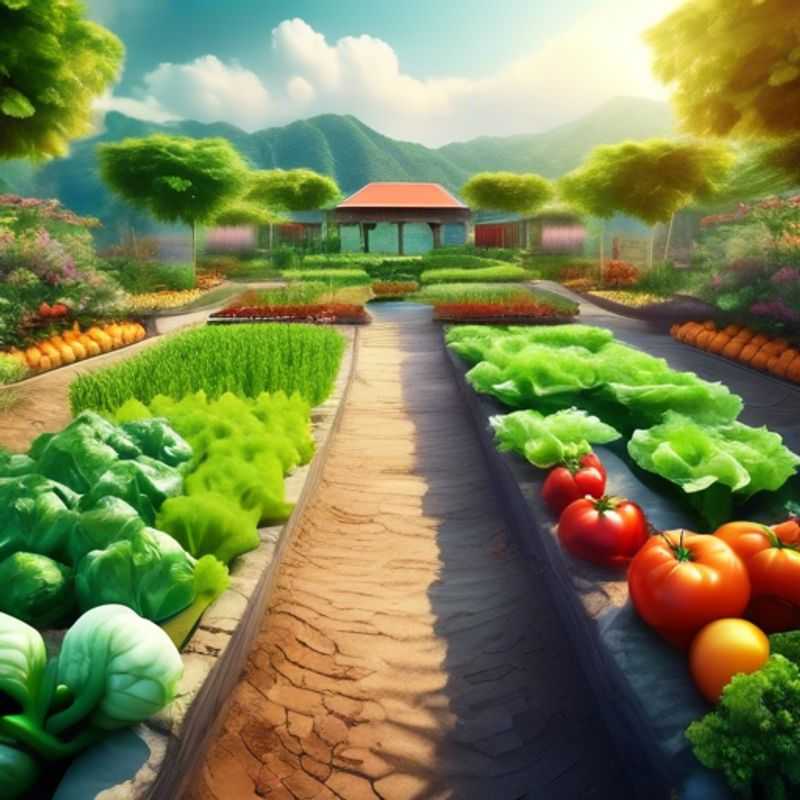
Sun-Kissed Gardens: How to Determine Your Daily Sunlight Hours
Knowing how much sunlight your garden receives is crucial for choosing the right plants. You can determine this by observing your garden over a period of time, preferably throughout the year. The best time to observe is during the middle of the day, between 11am and 3pm, when the sun is at its highest point.
Start by identifying the areas that receive the most direct sunlight. These will be the areas that are directly exposed to the sun, with no shade from trees or buildings. You can use a simple stick or a piece of cardboard to track the movement of the sun throughout the day, marking the areas where the sun hits. Note the duration of sun exposure in each area. Consider both the hours of direct sun and the duration of partial shade.
For a more precise measurement, you can use a sunlight meter, which is available for purchase online or at gardening stores. These devices measure the intensity of sunlight and provide a more accurate reading than simple observation.
You can also use a sun-tracking app on your smartphone, which can help you to see how the sun will move throughout the day and year in your specific location. These apps use GPS and real-time data to provide accurate information.
Keep in mind that the amount of sunlight your garden receives can change throughout the year, especially during the winter when the sun is lower in the sky. It's important to assess your garden during different seasons to get a comprehensive understanding of its sun exposure patterns.

Matching Veggies to Your Climate: Choosing the Right Varieties for Success
Choosing the right vegetable varieties for your climate is crucial for a successful harvest. Different vegetables have varying tolerances to heat, cold, and moisture. Understanding your growing zone and the specific conditions of your garden is key.
For example, if you live in a warm climate, you'll want to choose heat-tolerant varieties like tomatoes, peppers, and melons. In colder regions, opt for cold-hardy vegetables such as kale, spinach, and broccoli. Consult your local garden center or online resources to find varieties suited to your specific climate and growing conditions.
Consider the length of your growing season. Some vegetables require a long growing season, while others can mature quickly. Choosing varieties that match your local growing season ensures you'll have enough time for them to reach maturity.
Additionally, think about your soil type. Certain vegetables thrive in sandy soil, while others prefer clay. Knowing your soil type will help you select varieties that are well-suited to the conditions.
For example, carrots prefer loose, well-drained soil, while beans do better in heavier soil. By understanding your soil type and matching it with suitable varieties, you'll increase your chances of a bountiful harvest.
Finally, consider your own preferences! Choose vegetables that you and your family enjoy eating. There are many diverse varieties of vegetables available, so you can find options that suit your taste buds. Experiment with different varieties and find what works best for you and your garden.
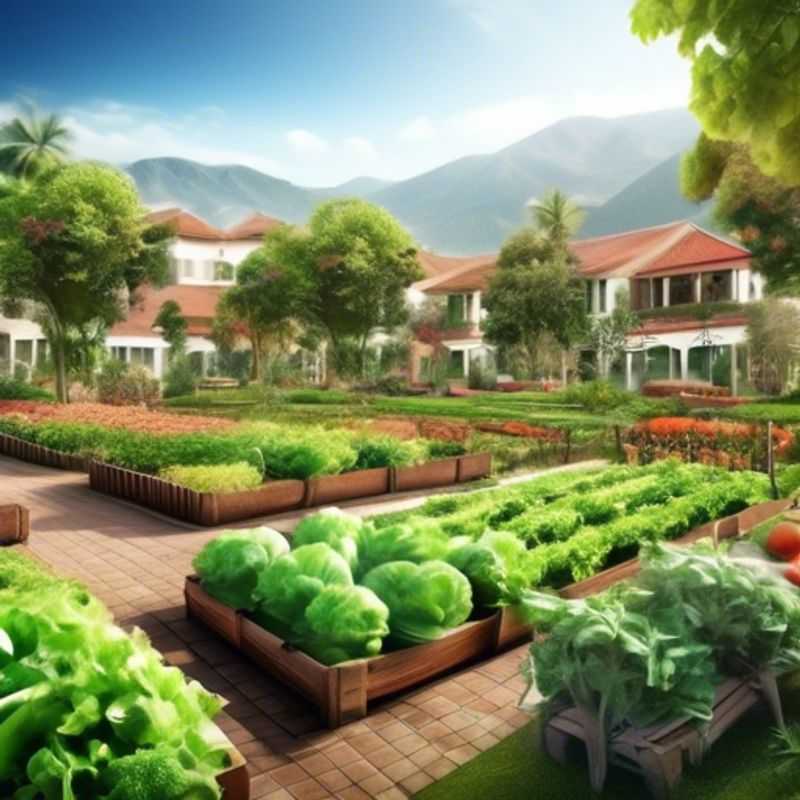
Boosting Your Garden: Enriching Soil with Organic Matter for Better Drainage and Nutrition
Adding organic matter to your soil is a fundamental step in gardening and landscaping, offering numerous benefits for plant health and overall ecosystem health. The key principle is that organic matter, which can be derived from a variety of sources like compost, manure, and leaf mold, acts as a natural soil amendment, enriching its composition and enhancing its ability to support plant life. The advantages are multifaceted.
Firstly, organic matter improves soil drainage by increasing the pore space between soil particles. This allows water to infiltrate more easily, preventing waterlogging and promoting healthy root development. Secondly, organic matter provides essential nutrients for plants. As it decomposes, it releases nutrients such as nitrogen, phosphorus, and potassium, which are vital for plant growth. Thirdly, organic matter enhances soil structure, making it more stable and less prone to erosion. This is achieved by binding soil particles together, creating a more hospitable environment for beneficial organisms.
To achieve the desired results, you need to incorporate organic matter into the soil. This can be done through various methods such as tilling, topdressing, or mulching. The chosen method will depend on your specific needs and preferences.Always aim for a balanced approach. Excessive organic matter can lead to compaction, hindering root growth, while insufficient amounts won't provide the desired benefits. For optimal results, a regular cycle of adding organic matter is recommended, contributing to the long-term health and vitality of your soil. Remember, healthy soil is the foundation of a thriving garden.
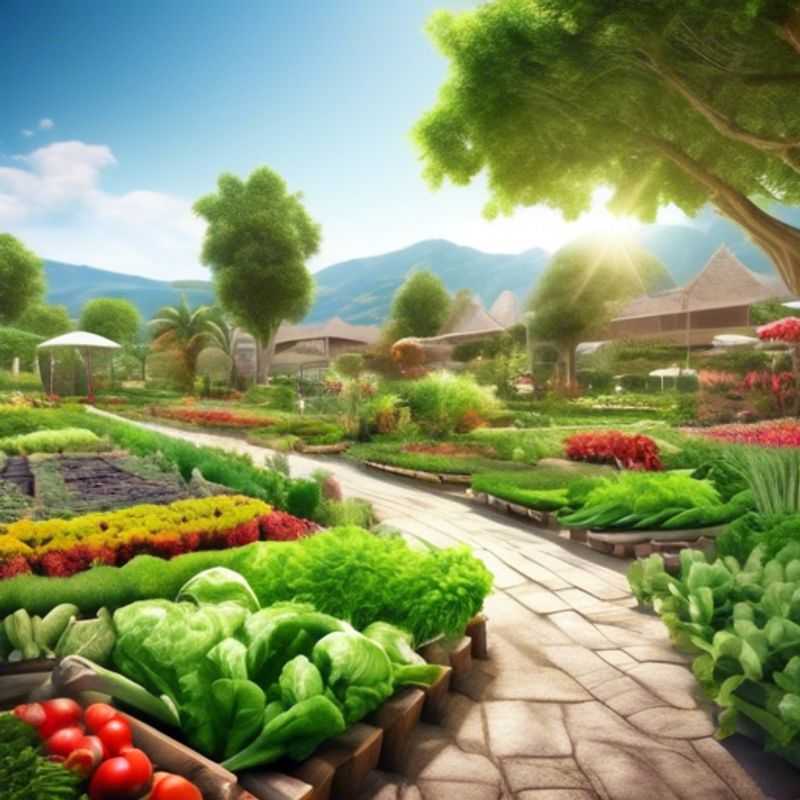
Maximize Your Garden's Potential: Layout and Companion Planting Strategies
Planning the layout of your garden effectively can significantly enhance your gardening experience by maximizing space and improving plant health through companion planting. Start by assessing your available space and sunlight exposure, as this will influence what plants can thrive together. Utilize vertical gardening techniques such as trellises or wall planters to save ground space while allowing climbing plants to flourish. Raised beds can also help in organizing your garden while providing better drainage and soil control.
When considering companion planting, research which plants benefit each other. For instance, tomatoes grow well with basil and carrots, while cucumbers thrive near radishes. This not only optimizes space but also enhances growth, reduces pests, and improves overall yields. Plan your layout to include these combinations, ensuring that taller plants do not shade shorter ones.
In terms of costs, consider potential expenses such as soil amendments, seeds, plants, and materials for raised beds or trellises. Additionally, landscaping services may be necessary if you require professional assistance in planning and executing your garden layout. Always budget for tools and maintenance supplies as well.
In summary, effective garden planning involves maximizing space through vertical gardening and strategic plant placement. Utilizing companion planting principles not only enhances productivity but also creates a healthier ecosystem in your garden. For further information, consider researching specific plant pairings and layout designs that suit your unique gardening space.
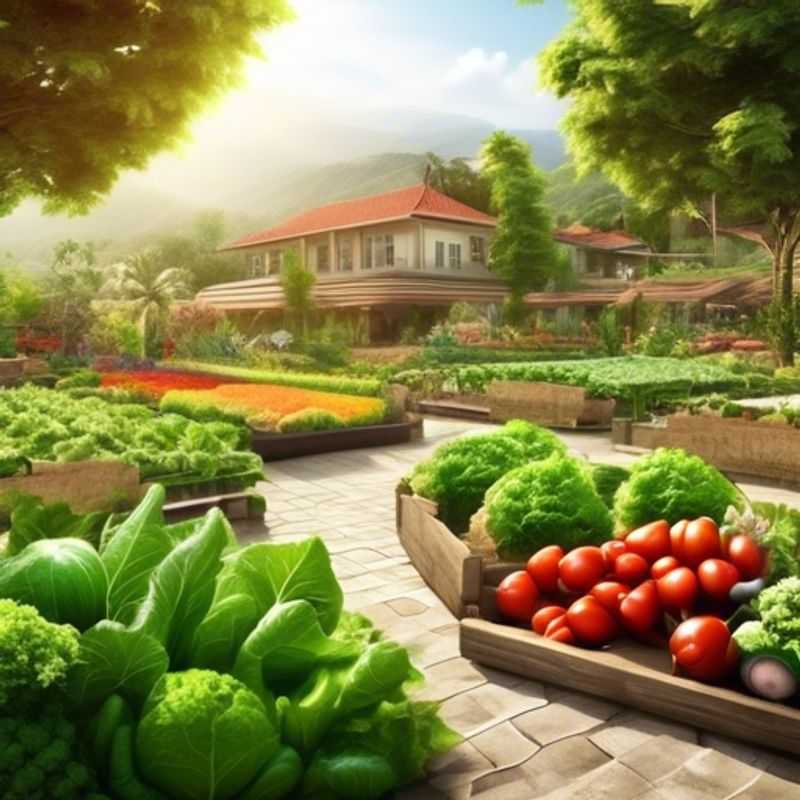
Spacing Plants Like a Pro: Consider the Mature Size of Your Vegetables
Proper spacing between plants is crucial for optimal growth and yield. It ensures adequate access to sunlight, water, and nutrients, while preventing overcrowding and disease. When planning your garden, consider the mature size of each vegetable, as this determines how much space they will need to thrive.
Here's a simple guide to spacing vegetables based on their mature size:
Small Vegetables: These include leafy greens like lettuce, spinach, and arugula, as well as herbs like basil and cilantro. They typically require 6-12 inches of space between plants.
Medium Vegetables: This group includes tomatoes, peppers, and cucumbers. These plants need around 18-24 inches of space for proper growth and fruit production.
Large Vegetables: Examples include squash, pumpkins, and melons. They need plenty of room to spread out their vines, requiring 3-4 feet of space between them.
Remember to factor in the height of the plants, especially if you're growing vining vegetables, as they need vertical space as well.
For more detailed spacing information on specific vegetable varieties, consult reputable gardening resources or seed packets.
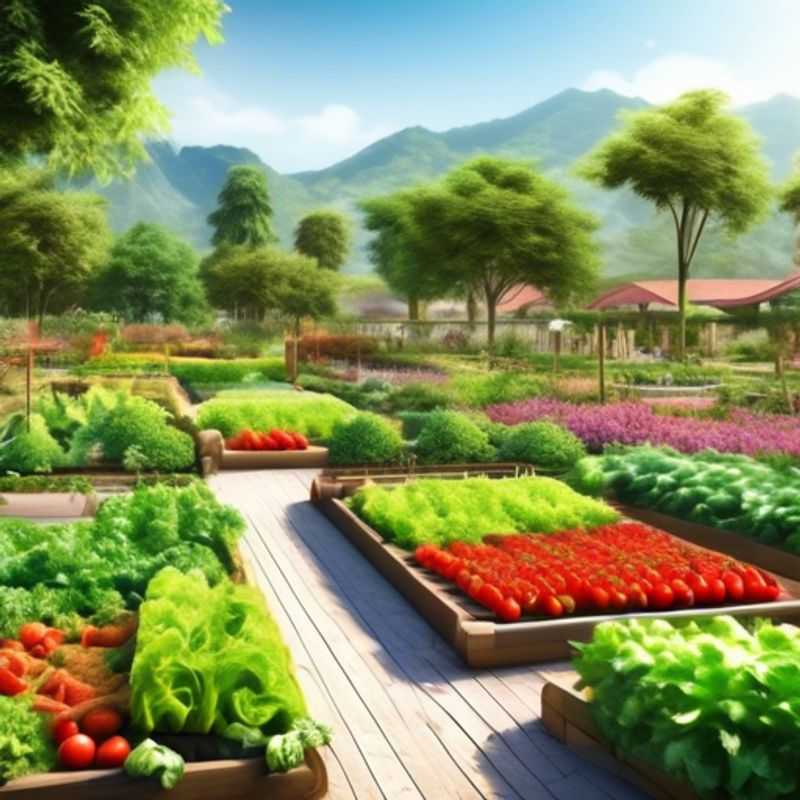
Protecting Your Green Friends: Implementing Effective Pest Management Strategies
Implementing effective pest management strategies is essential for protecting your plants from potential damage. A successful plan typically includes integrated pest management (IPM), which combines biological, cultural, physical, and chemical tools. Start by identifying the pests and understanding their life cycles to determine the best control methods. Regular monitoring of your plants can help catch infestations early.
Utilize cultural practices such as crop rotation, proper watering, and soil management to create a less favorable environment for pests. Introducing beneficial insects, like ladybugs and lacewings, can naturally reduce pest populations. Physical barriers, such as row covers or traps, can also be effective in protecting your plants.
When chemical controls are necessary, opt for targeted pesticides that are specific to the pests you are dealing with. Always follow the manufacturer's instructions to minimize risks to beneficial organisms and the environment. Additionally, consider the costs associated with pest management, including pesticide purchases, application equipment, and professional pest control services if needed.
In summary, an effective pest management strategy involves monitoring, identification, and the careful application of both natural and chemical solutions. For those seeking further information, a wealth of resources is available online.
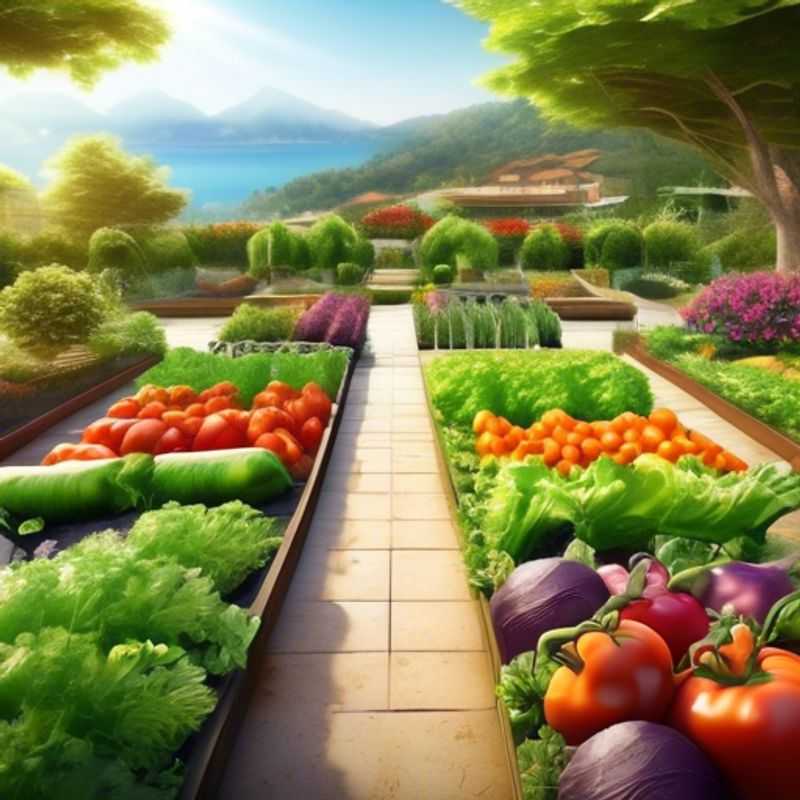
Unlocking Garden Growth: Crafting a Consistent Watering Schedule
Establishing a consistent watering schedule is crucial for a thriving garden. The key is to strike a balance between providing enough water to support healthy growth and avoiding overwatering which can lead to root rot.
The ideal watering frequency varies depending on factors like climate, soil type, plant species, and season. For instance, during hot and dry periods, more frequent watering may be required compared to cooler and wetter months.
A well-drained soil is essential for proper water absorption and distribution. Testing the soil moisture is a good indicator of when to water. Simply insert your finger a few inches into the soil. If it feels dry, it's time to water.
It's generally advisable to water deeply and infrequently, rather than shallowly and frequently. This encourages root growth and prevents shallow root systems that are susceptible to drought.
Watering in the early morning hours is recommended, as it minimizes water loss due to evaporation and allows plants to absorb water effectively before the sun reaches its peak.
Using a watering can or soaker hose can be effective for directing water to the roots and reducing water waste. Mulching around plants helps retain soil moisture and suppress weeds.
Consider incorporating a sprinkler system or drip irrigation to automate watering and ensure consistency.
By following these guidelines and observing your garden's individual needs, you can establish a consistent watering schedule that promotes healthy plant growth and a flourishing garden.
